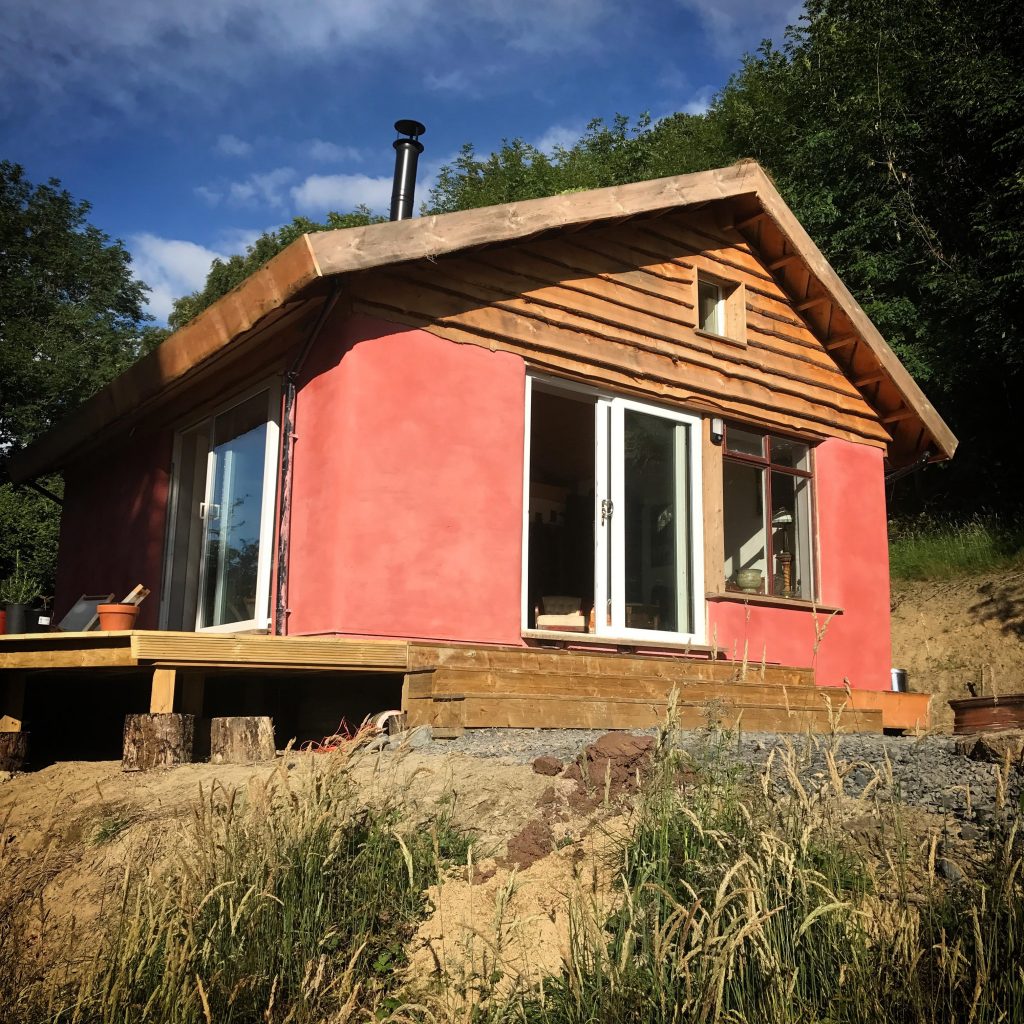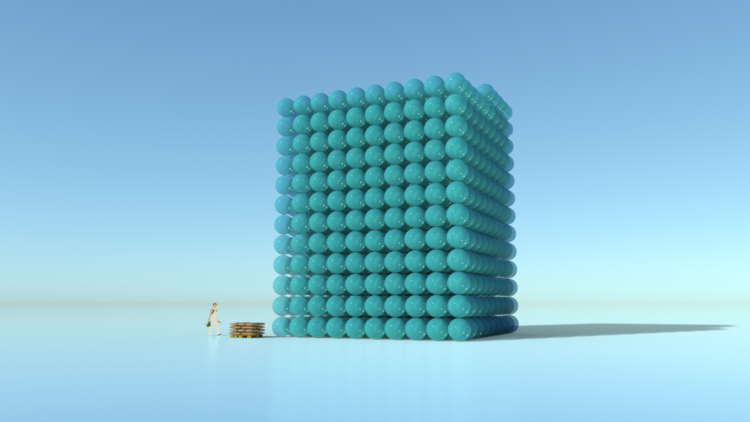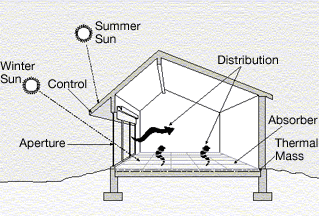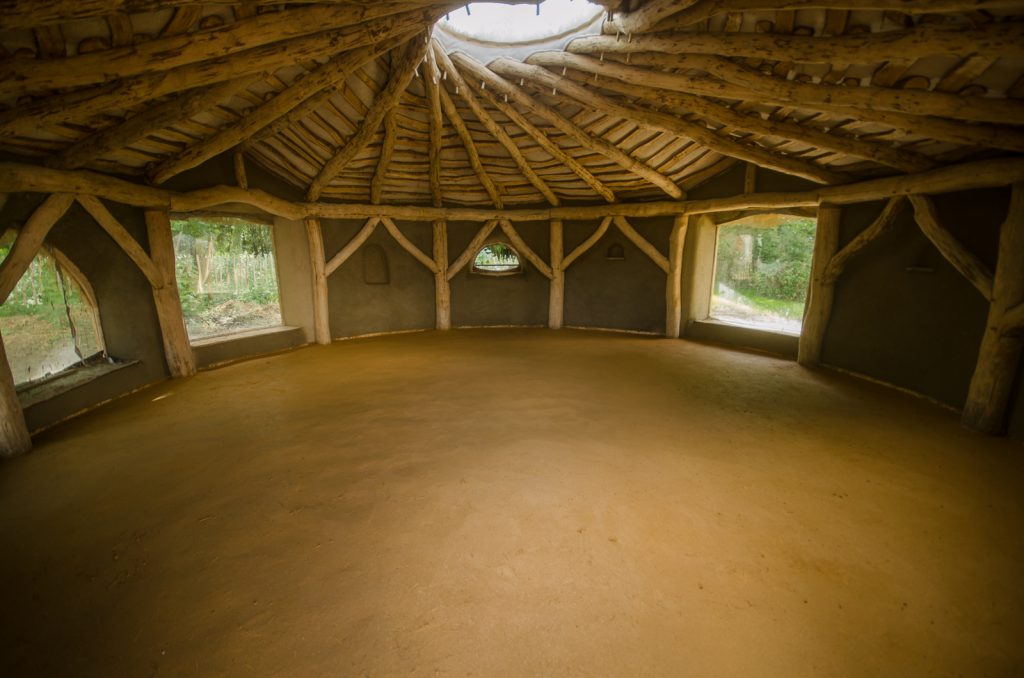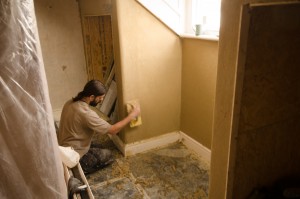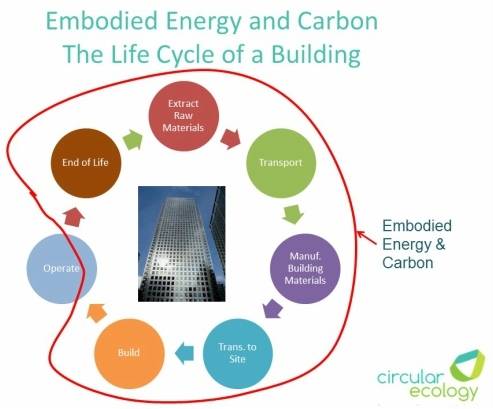Permaculture podcast

Such a great podcast available over at abundant edge. A great range of permaculture-based interviews – go check them out.
“My guest today is Gabriel Franklin, master plasterer and the owner of the company “The Art of Plaster.” Gabriel grew up with a father who was a designer and builder who shared much of his trade with him from a young age. From the age of thirteen, Gabriel started on his dad’s bucket and cleanup crew and has been working in plastering and finish work ever since. As an artist and nature enthusiast he has traveled all over the American northeast and even as far as Australia with his trade and dedication to giving blank walls a voice with clay, lime, and gypsum plasters, saying he is inspired by artistic design and how natural materials can accentuate one’s personal experience within a living space.
In this interview Gabriel explains the difference in performance and characteristics of clay, lime and gypsum. He goes into detail about the importance of prep work and the variety of additives he uses to get specific finish effects and ad strength to his mixes. We even talk about some tricks of the trade and much more.”


 “Making better buildings” looks at each element of a build (foundations, insulation, roofing), and analyses the options available. Using handy graphics you can quickly see how the options compare to each other and which fits your criteria for construction.
“Making better buildings” looks at each element of a build (foundations, insulation, roofing), and analyses the options available. Using handy graphics you can quickly see how the options compare to each other and which fits your criteria for construction. I first became aware of Jacob and Ace at the International Straw Bale Conference in Colorado. I was hugely impressed by Jacob’s presentation and the level of thought and detail he put into his work. This book is a powerhouse of information – it is a proper read!
I first became aware of Jacob and Ace at the International Straw Bale Conference in Colorado. I was hugely impressed by Jacob’s presentation and the level of thought and detail he put into his work. This book is a powerhouse of information – it is a proper read!



